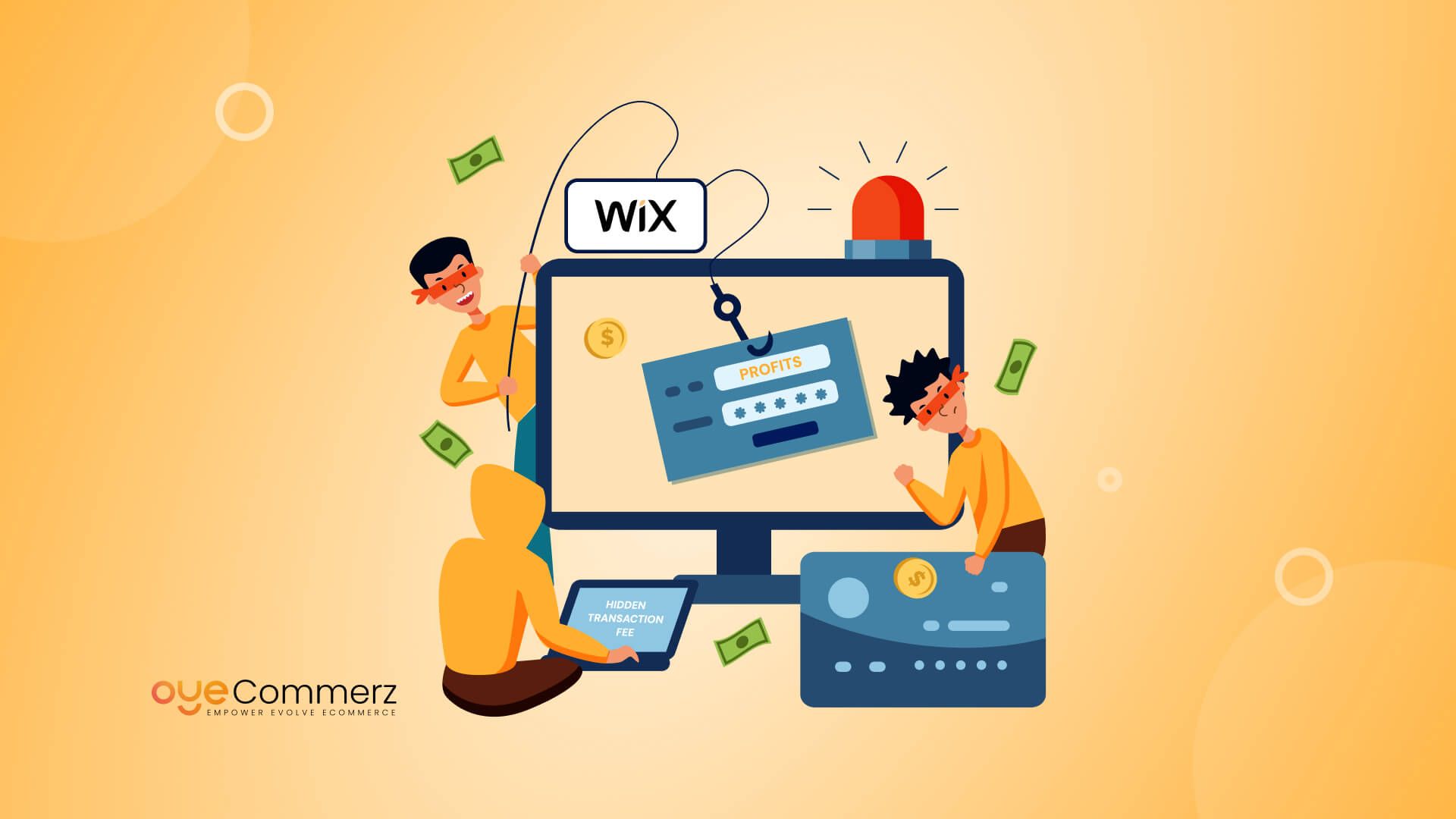In today's online environment, selecting the right e-commerce solution is crucial for enterprise success. If you are currently utilizing Wix but thinking about a move to Shopify, you're not alone. Many companies are migrating to Shopify to take advantage of its robust capabilities, expandability, and dedicated e-commerce tools. This guide will outline the migration process, guaranteeing a smooth transition and preparing you for e-commerce success.
Why Migrate from Wix to Shopify?
Before exploring the migration process, it's essential to recognize why Shopify could be a superior fit for your e-commerce requirements:
- Specialization: In contrast to Wix, which serves multiple website types, Shopify is designed specifically for e-commerce, offering sophisticated tools and functionalities optimized for digital commerce.
- Growth Potential: As your company grows, Shopify can seamlessly accommodate higher visitor volumes and transactions volume without compromising efficiency.
- Extensive App Library: Shopify provides a large collection of apps that can enhance your store's functionality, from advertising solutions to stock control options.
- Search Engine Optimization: Shopify provides superior SEO tools, which can assist in improving your store’s presence on search engines.
- Transaction Methods: With multiple transaction platforms available, including Shopify Payments, you can offer shoppers a variety of payment methods.
Getting Ready for Migration
To ensure a smooth migration from Wix to Shopify, adhere to these preparatory guidelines:
1. Save Your Information
Download all your data from Wix, including product details, user data, and order history. This step is vital as it guarantees you have a copy of all data before starting the migration.
2. Select a Pricing Option
Evaluate the various Shopify plans available and select one that aligns with your business needs. Consider factors such as costs, built-in tools, and growth potential.
3. Create Your Shopify Profile
Register your Shopify account and explore the platform’s dashboard and features.
The Migration Process
Now that you're prepared, it’s time to transfer your store from Wix to Shopify. Here’s how:
1. Import Products
Utilize Shopify's integrated import tool or third-party tools like Cart2Cart or LitExtension to transfer your items from Wix to Shopify.
Make sure that item details, images, costs, and options are correctly imported.
2. Migrate Client Information
Import client details such as user names and email addresses Shopify theme into your new Shopify store. This step is critical for retaining customer relationships and advertising strategies.
3. Set Up Payment Gateways
Set up payment gateways in your Shopify store to ensure smooth transactions. You can select from multiple platforms like debit methods, PayPal, and more.
4. Personalize Your Store Design
Choose a design that reflects your brand identity. Modify it using Shopify's design tools to create an appealing and intuitive store layout.
5. Search Engine Optimization
Implement SEO strategies during the transition process:
- Configure 301 redirects from old Wix URLs to new Shopify URLs.
- Enhance product titles, descriptions, and photos with relevant keywords.
- Modify meta tags and alt texts for improved search engine visibility.
Post-Migration Steps
Once your store is active on Shopify, follow these follow-up steps:
1. Test Your Store
Perform thorough testing of your new store:
- Check product pages for correctness.
- Verify payment processes.
- Make sure all links work correctly.
2. Launch Marketing Campaigns
Announce your new store launch through newsletters and social media channels.
Think about offering promotions or discounts to draw shoppers.
3. Monitor Performance
Leverage analytics tools within Shopify to monitor revenue growth and customer behavior.
Adjust your strategies based on performance analytics.
Conclusion
Migrating from Wix to Shopify can substantially improve your e-commerce potential and set the stage for growth and achievement. By following this guide and taking a step-by-step approach to the migration process, you can ensure a seamless transition that minimizes downtime and boosts opportunities for revenue. Embrace the change and watch your online Shopify Payments business thrive on its new platform!
